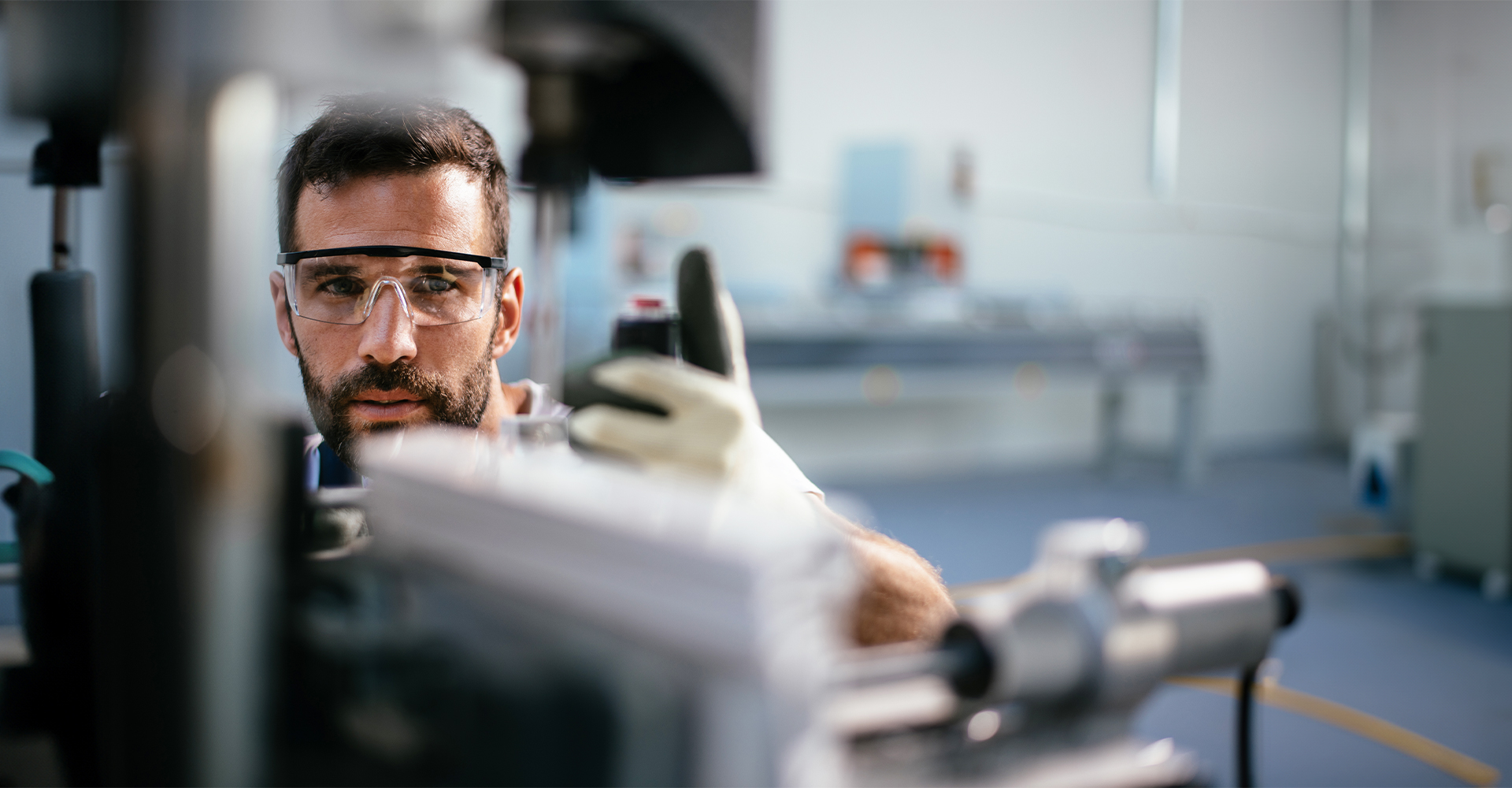In order for infection control to be successful, it has to be conducted digitally. Why so? With the coronavirus restrictions easing, the return of employees back to the office and the restart of production in many sectors of the economy, occupational safety and infection control are perhaps more urgent than ever before. Accordingly, companies must now act wisely and implement health protection requirements. According to the SARS-CoV-2 occupational safety standard published by the German Federal Ministry of Labour and Social Affairs, employers must ensure, among other things, that employees continue to keep their distance in order to keep the reproduction rate of the SARS-CoV-2 virus below the critical 1.0 mark. If they cannot avoid this, appropriate documentation of employee contacts is extremely helpful. Not only can digital solutions help to limit the possible transmission paths of the virus, but also to track cases of infection and ensure the timely isolation of any suspected cases – all with the aim of possibly avoiding major plant closures.
Contact Tracing: Tracking chains of infection

In the context of the gradual re-opening of schools, kindergartens, restaurants, leisure facilities, etc., health authorities are making the effort to trace transmission chains, e.g. in the case of superspreading events. The aim is to further contain the spread of the SARS-CoV-2 virus and prevent a second wave. In this so-called “contact tracing”, people who come into close contact to an infected person are identified and can be quarantined. Sick people, in turn, go into isolation. This allows the chain of infection of the SARS-CoV-2 virus to be interrupted.
Contact tracing is not only helpful in public life, but also at work – especially where employees cannot work from home, as is the case with industrial employees in production and logistics, for example. In principle, such companies can try to contain the risk of infection by separating employees into teams and shift groups. These groups will form the basis of which assumptions about employee contacts are ultimately made. If there is a case of infection in a particular shift group, the company can isolate these employees and send them home, possibly avoiding major plant closures.
The pitfalls of manual contact tracing in the work environment
However, there are many companies where contact between colleagues from different team or shift groups is unavoidable, e.g. during certain work processes, in which case employee contacts may no longer be as precisely defined. The fact that the chains of infection are sometimes difficult to trace by health authorities, is demonstrated by examples from meat plants and logistics in recent weeks. Manually recording who was in contact with whom is not only slow and laborious, but also extremely error-prone, as many contacts cannot be traced back exactly and thus cannot be identified. This, in turn, increases the risk of a company closing down.
This is one of the reasons why mobile apps for digital contact tracing are currently under intense discussion. Tracing apps use Bluetooth Low Energy (BLE) to record who is in the vicinity of their users. If someone reports as infected after a confirmed test result, all contact persons, who have also installed the app, receive a notification. British researchers have calculated that digital contact tracing via smartphones could help contain the current SARS-CoV-2 epidemic and avoid major lockdowns. COVID-19 apps have already been introduced in Austria, Norway, China, USA and Germany.
Yet, mobile apps for corporate infection protection are controversial, just like they are in public places. Firstly, the application must be installed on the smartphone. This is difficult if employees do not have a company mobile phone, as employers cannot force the installation of an app for corporate infection protection on private mobile phones. Furthermore, contact tracing apps record the data anonymously, thus it cannot be resolved by name which employee was in contact with whom. However, this is urgently necessary for the protection against infection. Ultimately, companies must know the names of those who may be infected in order to prove chains of infection to the health authorities and implement suitable quarantine measures. Those who take a differentiated approach here, have a clear advantage in order not to have to send several shift groups home at the same time or to have to close down entire companies.
CoronaTracer: developed for digital contact tracing in the workplace

At the workplace, so-called “CoronaTracers” are suitable. INFORM has introduced these “CoronaTracers” onto the market together with SafeDrivePod and they function similarly to app solutions. CoronaTracers are small, portable, maintenance-free devices, which anonymously and on the basis of BLE, record contacts between employees who came closer than about 6 feet – limited to the working hours. Employees can wear the CoronaTracers around their necks like employee ID cards. The recording is anonymous and conforms to data protection regulations.
If an infection occurs, the data of the CoronaTracer of the respective employee can be read out. At a trustworthy location in the company, such as the human resources department, the mapping between the various device IDs and the employees is stored so that the contact persons can be resolved. Targeted measures can then be initiated depending on the intensity of contact, and personnel deployment plans can be updated. By using CoronaTracers, companies can increase transparency to the health authorities and, in the event of an infection, possibly avoid having to send large numbers of employees home or to close down parts of companies or the entire company. In addition, good contact tracing not only demonstrates the employer’s duty of care but can also contribute to a greater sense of security among the workforce.
Would you like to know how you can efficiently implement operational contact tracing? Please feel free to contact us.



